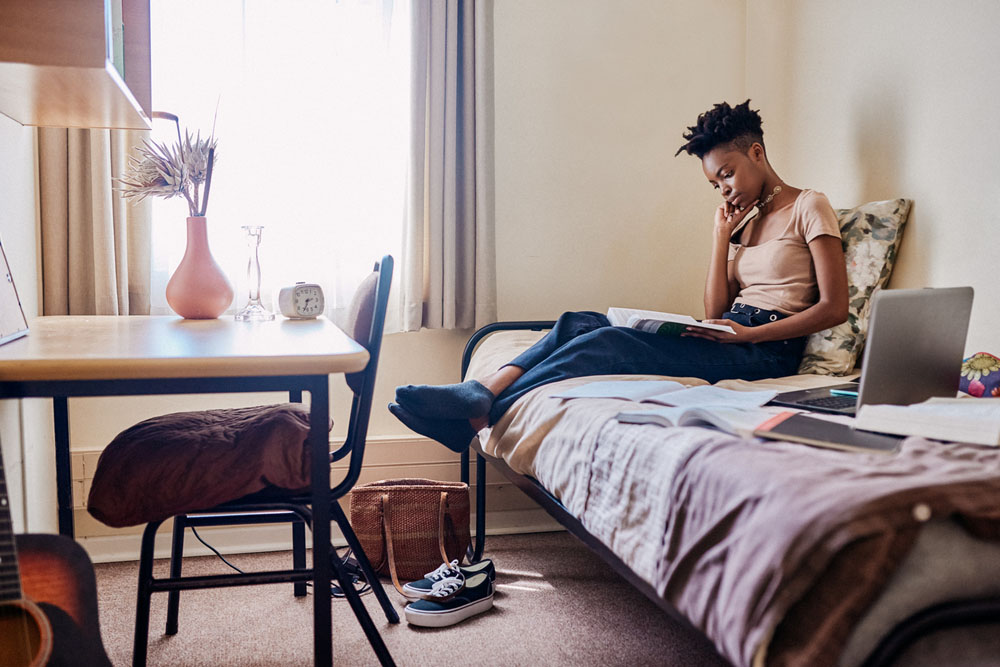Play Therapy for Managing ADHD-Related Challenges

Discover tips, treatment options, and support strategies from the Finding Focus Care Team

Last Update: July 20th, 2025 | Estimated Read Time: 7 min
Understanding ADHD in Childhood
Children aged 5 to 12 with Attention-Deficit/Hyperactivity Disorder (ADHD) often face hurdles beyond the well-known struggles with attention, impulsivity, and hyperactivity. Daily routines like homework, following instructions, playing cooperatively, or managing frustration can trigger heightened emotional responses and behaviours that disrupt home and school life.
For many families, the goal isn't just to reduce ADHD symptoms, it’s to help children thrive emotionally, socially, and developmentally. While medication and behavioural therapy are common first-line treatments, a growing body of research supports the use of play therapy as a gentle, creative, and effective intervention for helping kids with ADHD learn emotional regulation, improve self-esteem, and build connection.
What Is Play Therapy?
Play therapy is a structured, evidence-based approach that uses play, children’s natural language, as a medium for expression, exploration, and healing. In the hands of a trained therapist, toys become words and play becomes conversation.
There are many types of play therapy, but two main styles are often used with children who have ADHD:
- Non-directive (Child-Centred) Play Therapy: The therapist follows the child’s lead, providing a safe and accepting space for self-expression and autonomy.
- Directive Play Therapy: The therapist introduces specific activities or games designed to teach coping skills, impulse control, or emotional awareness.
According to the Canadian Association for Play Therapy, this modality helps children “communicate feelings, develop problem-solving skills, and learn more adaptive behaviours in a developmentally appropriate setting” (CAPT, 2021).
Why Play Therapy Works for Kids with ADHD
Children with ADHD often struggle with:
- Emotional impulsivity (difficulty controlling strong feelings)
- Poor frustration tolerance
- Low self-esteem
- Difficulty understanding social cues
- Problems with attention and executive functioning
Play therapy addresses these challenges from the inside out. Here’s how:
1. Play Builds Emotional Awareness and Regulation
Through play, children externalize inner thoughts and feelings. A dollhouse conflict might represent a schoolyard disagreement; a sand tray scene might symbolize anxiety or anger. Over time, children begin to recognize and label emotions, a key step toward regulation.
A 2023 study by Wong and colleagues, Armstrong, Balkin, and Jayne found that play therapy significantly improved emotional regulation and reduced hyperactivity in children with ADHD over a 12-week period (Wong et al., 2023).
2. Play Enhances Executive Function Skills
Many therapeutic games used in directive play therapy build cognitive skills like planning, memory, turn-taking, and attention. These games are fun, but they’re also structured practice in managing impulses and following rules.
One randomized controlled trial demonstrated that children receiving cognitive-behavioural play therapy showed improvements in working memory, task persistence, and classroom attention compared to a control group (Khatoon et al., 2021).
3. Play Improves Parent-Child Relationships
Therapies like Filial Play Therapy train parents to engage therapeutically with their child at home, deepening the parent-child bond and reducing negative cycles of frustration and conflict.
A meta-analysis by Lin and Bratton (2015) concluded that child-parent relationship therapy significantly reduces ADHD symptoms while increasing parenting confidence and warmth.
What a Play Therapy Session Looks Like
Sessions typically last 30 to 50 minutes and occur once a week. Depending on the child’s needs, the therapist may use:
- Miniatures, dolls, or action figures for storytelling and emotional exploration
- Board games or card games to practice attention and rule-following
- Art materials to express emotions non-verbally
- Sensory objects or kinetic sand for calming and grounding
- Puppets for role-play and modelling behaviours
A therapist trained in ADHD and child development will tailor activities based on specific goals, such as reducing outbursts, building frustration tolerance, or improving social interactions.
How Caregivers Can Support the Process
Play therapy works best when caregivers are engaged partners. Here's how families can support their child’s growth:
1. Attend Parent Debriefings
Many therapists offer brief updates or longer caregiver sessions to explain the themes emerging in play and offer tools to reinforce progress at home.
2. Create Time for Unstructured Play
Children with ADHD often face a rigid schedule of appointments, tutoring, and structure. Prioritizing free play at home helps kids recharge and explore in ways that mirror therapy.
3. Practice Co-Regulation
When a child escalates emotionally, caregivers can model calm responses, “I see you’re frustrated. Let’s breathe together.” This reinforces emotion regulation outside the therapy room.
4. Celebrate Small Wins
Progress may be slow or nonlinear. Celebrate when your child shares a feeling, waits their turn, or talks about a hard day. These are victories.
Limitations and Considerations
While play therapy is a powerful tool, it is most effective when:
- Used consistently over time (typically 12–20 sessions or more)
- Paired with behavioural supports or parent training
- Delivered by a credentialed mental health professional with training in ADHD
It is not a quick fix, and it may not replace the need for stimulant medication or academic accommodations. But it can complement these interventions by targeting the emotional and relational aspects of ADHD that medication alone cannot touch.
The integration of play-based techniques into multimodal ADHD treatment plans enhances engagement, emotional safety, and therapeutic alliance.
When to Consider Play Therapy
Play therapy might be a helpful next step if your child:
- Struggles to express feelings in words
- Has frequent meltdowns or tantrums
- Exhibits low self-worth or feels “bad” about themselves
- Faces social exclusion at school
- Is resistant to traditional talk therapy
Early intervention matters. Between ages 5 and 12, children’s brains are highly plastic, meaning they are still developing foundational emotional and social skills. The earlier a child learns to navigate emotions, the better their long-term outcomes across school, friendships, and mental health.
Final Thoughts: Helping Children Thrive Through Play
Children with ADHD are often imaginative, energetic, and deeply creative, but they also face significant emotional and behavioural challenges that can make growing up harder than it needs to be.
Play therapy offers a gentle but powerful pathway toward healing. By meeting children where they are, on the floor, in the sandbox, with paint on their hands, we honour their unique way of making sense of the world.
And in doing so, we help them discover not just how to manage their ADHD, but how to trust themselves, express emotions safely, and build deeper connections with the people who love them.
Finding Focus Care Team
We are a group of nurse practitioners, continuous care specialists, creators, and writers, all committed to excellence in patient care and expertise in ADHD. We share content that illuminates aspects of ADHD and broader health care topics. Each article is medically verified and approved by the Finding Focus Care Team. You can contact us at Finding Focus Support if you have any questions!
References
Lin, Y. W. D., & Bratton, S. C. (2015). A meta-analytic review of child-centered play therapy approaches with children with ADHD. International Journal of Play Therapy, 24(2), 87–103. Link
Khatoon, A., Iqbal, N., & Masroor, U. (2021). Efficacy of Cognitive Behavioral Play Therapy (CBPT) For Children with Attention Deficit Hyperactivity Disorder (ADHD). Clinical and Counselling Psychology Review, 2(2). Link
Wong, T. Y., Chang, Y. T., Wang, M. Y., & Chang, Y. H. (2023). The effectiveness of child-centered play therapy for executive functions in children with attention-deficit/hyperactivity disorder. Clinical child psychology and psychiatry, 28(3), 877–894. Link





